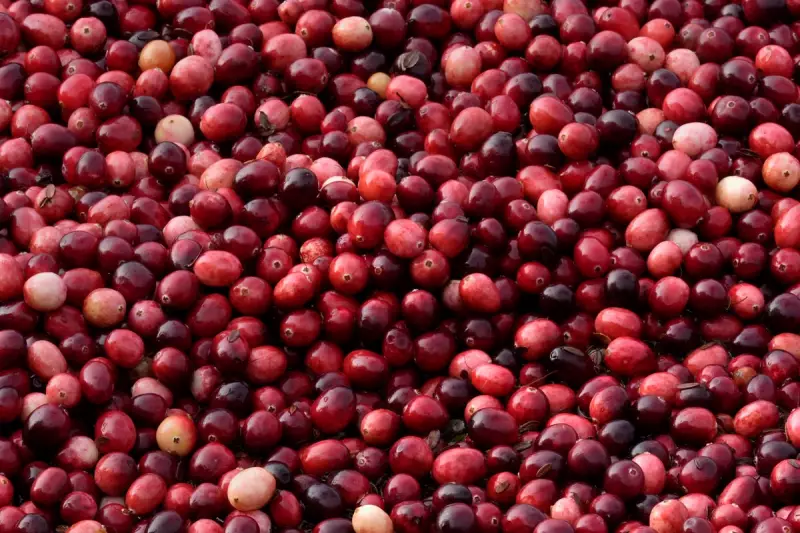
A dangerous outbreak of highly pathogenic avian influenza (HPAI) has been confirmed in commercial poultry flocks in both Massachusetts and Wisconsin, sending shockwaves through the agricultural sector and triggering immediate federal response protocols.
The Massachusetts Department of Agricultural Resources announced the discovery of the H5N1 strain at a farm in Essex County, marking the state's first case this year. Simultaneously, officials in Wisconsin reported infections in a commercial flock, while Oregon confirmed cases in backyard birds.
Emergency Containment Measures Activated
Federal and state authorities have swiftly implemented rigorous containment strategies. All affected birds have been humanely culled to prevent further disease spread, following established animal health protocols. The USDA's Animal and Plant Health Inspection Service is leading the coordinated response.
"This detection is part of strengthened nationwide testing efforts following previous outbreaks," stated Dr. Michael Watson of the Massachusetts Department of Agricultural Resources. "Our priority remains protecting both animal health and the safety of our food supply."
No Immediate Threat to Human Health
Health officials emphasize that properly handled and cooked poultry products remain safe for consumption. The risk to the general public is currently considered low, though those with direct exposure to infected birds are advised to take precautions.
The recent cases form part of a broader pattern of detections across the United States since 2022, affecting both commercial operations and backyard flocks. Enhanced surveillance and biosecurity measures have been deployed across multiple states.
Impact on Poultry Industry and Consumers
While the immediate effect on poultry availability and pricing remains limited, agricultural authorities are monitoring the situation closely. The USDA continues to work with international trading partners to minimize disruptions to exports.
Poultry owners are urged to maintain strict biosecurity practices, including limiting bird exposure to wild populations and immediately reporting any signs of illness to veterinary authorities.





